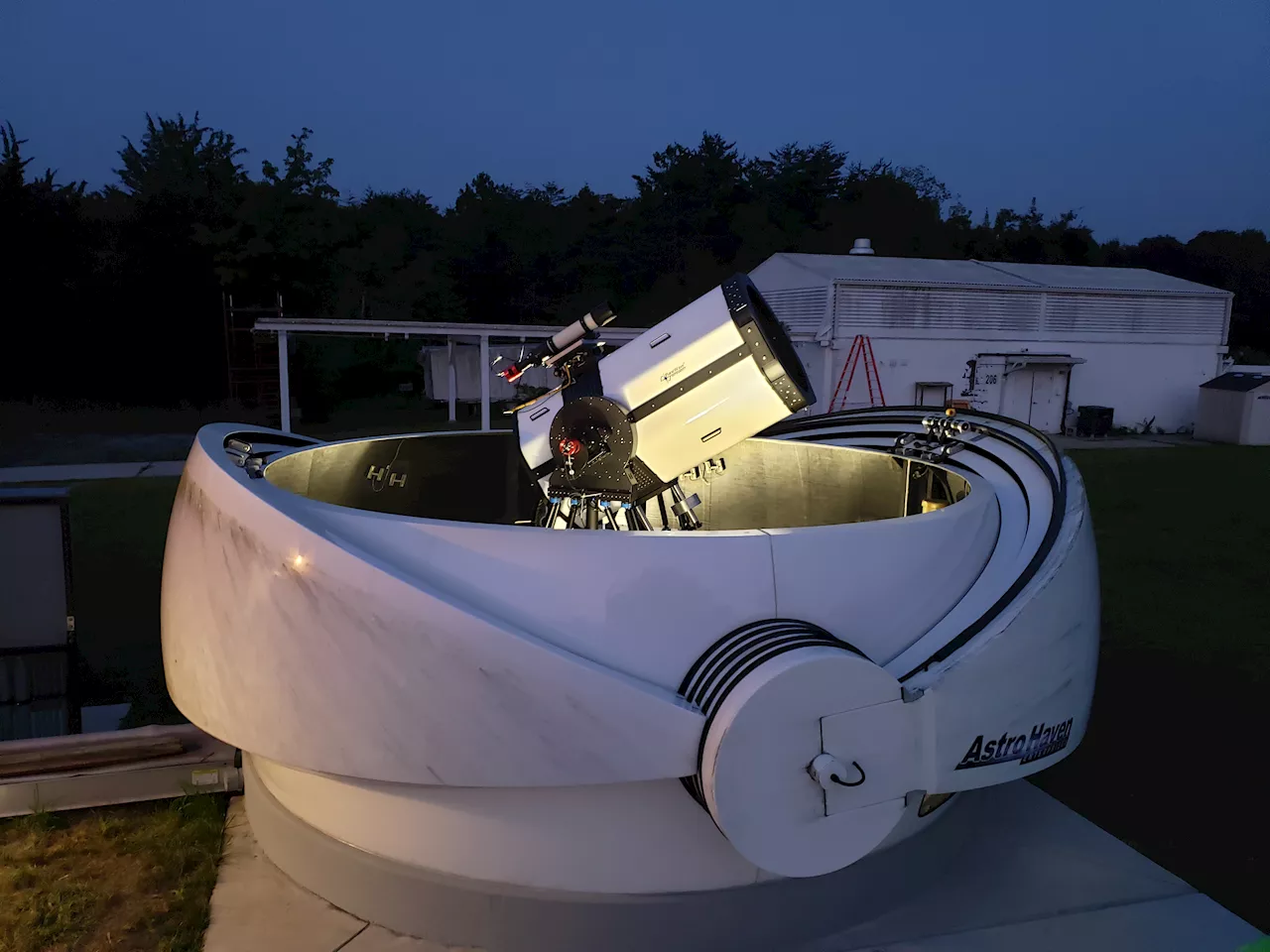NASA’s LCOT (Low-Cost Optical Terminal), a ground station made of modified commercial hardware, transmitted its first laser communications uplink to the TBIRD
NASA Terminal Transmits First Laser Communications Uplink to SpaceNASA’s LCOT , a ground station made of modified commercial hardware, transmitted its first laser communications uplink to the TBIRD , a tissue box-sized payload formerly in low Earth orbit.
During the first live sky test, NASA’s LCOT produced enough uplink intensity for the TBIRD payload to identify the laser beacon, connect, and maintain a connection to the ground station for over three minutes. This successful test marks an important achievement for laser communications: connecting LCOT’s laser beacon from Earth to TBIRD required one milliradian of pointing accuracy, the equivalent of hitting a three-foot target from over eight American football fields away.
Measurement data of the power, or “fluency,” of the connection between NASA’s LCOT laser beacon and TBIRD’s receiver provided by Massachusetts Institute of Technology Lincoln Laboratory . LCOT and TBIRD maintained a sufficient connection for over three minutes — enough time for TBIRD to return over five terabytes of data.
“It’s a testament to the hard work and skill of the entire team,” said Dr. Haleh Safavi, project lead for LCOT. “We work with very complicated and sensitive transmission equipment that must be installed with incredible precision. These results required expeditious planning and execution at every level.”
NASA’s LCOT at the agency’s Goddard Space Flight Center in Greenbelt, Maryland, uses slightly modified commercial hardware to reduce the expense of implementing laser communications technology.Experiments like TBIRD and LCRD are only two of SCaN’s multiple in-space demonstrations of laser communications, but a robust laser communications network relies on easily reconfigurable ground stations on Earth.
Goddard Space Flight Center Space Communications & Navigation Program Space Communications Technology Space Operations Mission Directorate Technology Technology Demonstration
United States Latest News, United States Headlines
Similar News:You can also read news stories similar to this one that we have collected from other news sources.
 Biden holds first Cabinet meeting in nearly a year, first lady joins for first timePresident Biden convened a meeting of his Cabinet -- this time with First Lady Jill Biden attending -- for the first time Friday in nearly a year.
Biden holds first Cabinet meeting in nearly a year, first lady joins for first timePresident Biden convened a meeting of his Cabinet -- this time with First Lady Jill Biden attending -- for the first time Friday in nearly a year.
Read more »
 NASA MINDS FAQ - NASACheck back soon for updated frequently asked questions.
NASA MINDS FAQ - NASACheck back soon for updated frequently asked questions.
Read more »
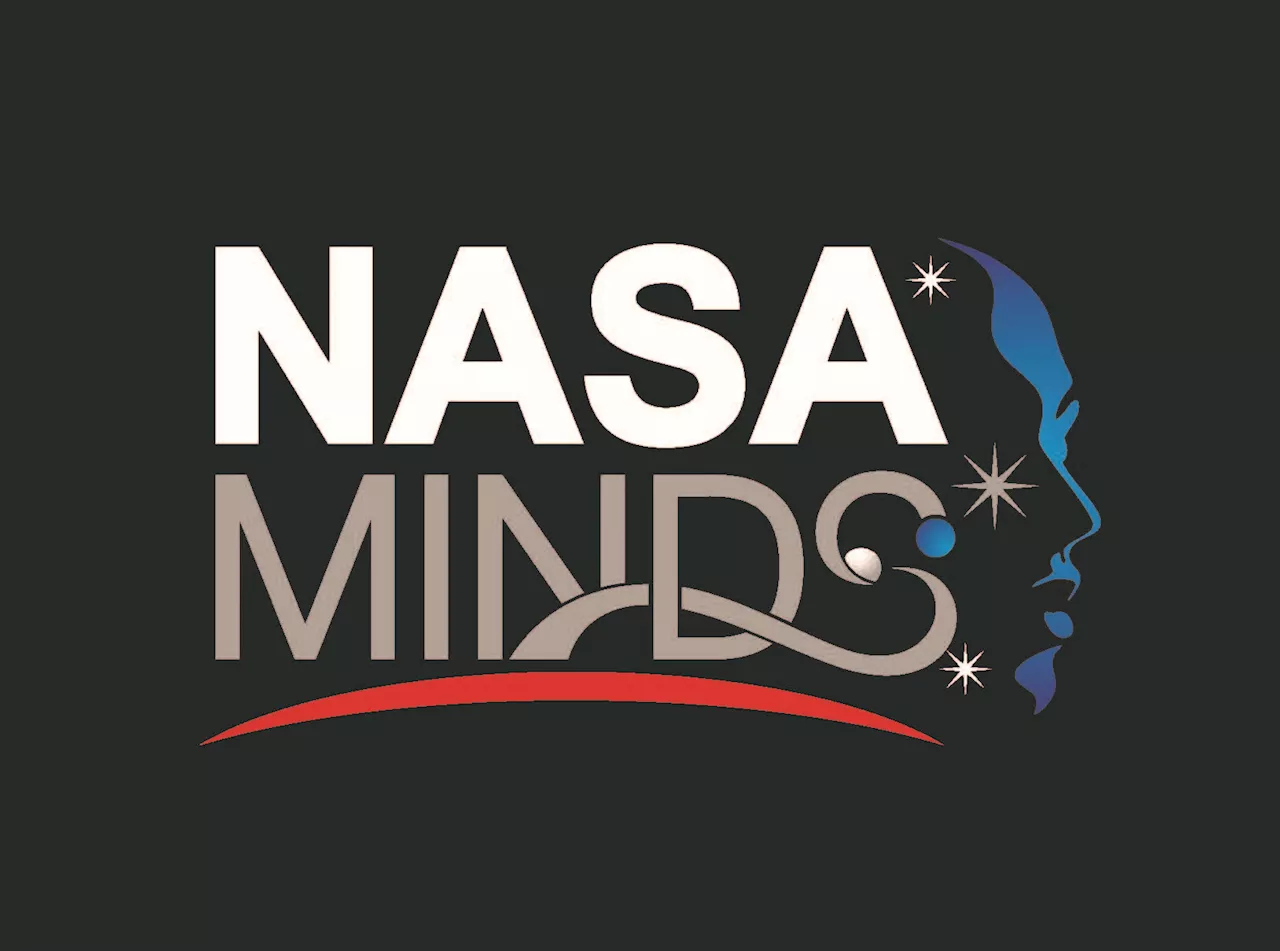 About NASA MINDS - NASANASA Minority University Research and Education Project (MUREP) Innovative New Designs for Space (INDS) (NASA MINDS) is a multi-semester undergraduate level
About NASA MINDS - NASANASA Minority University Research and Education Project (MUREP) Innovative New Designs for Space (INDS) (NASA MINDS) is a multi-semester undergraduate level
Read more »
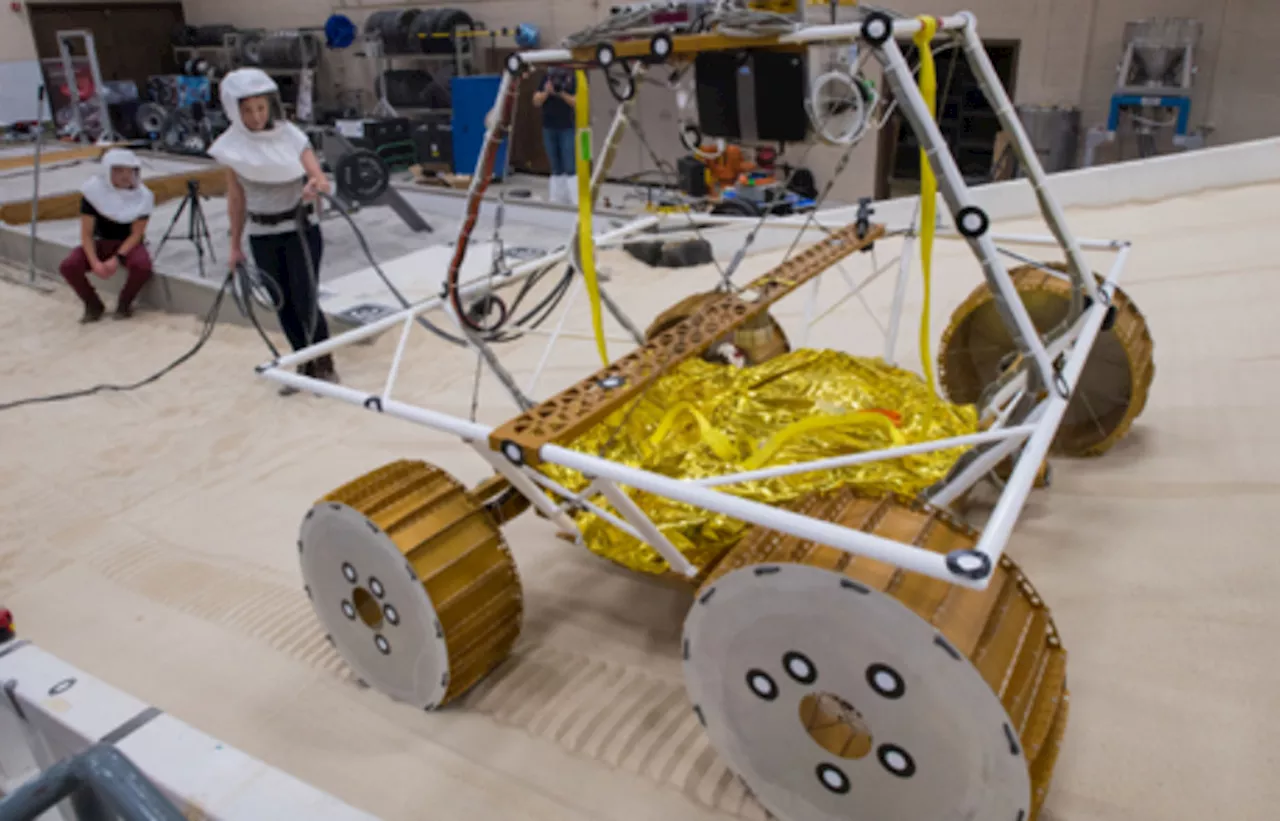 NASA MINDS FAQ - NASACheck back soon for updated frequently asked questions.
NASA MINDS FAQ - NASACheck back soon for updated frequently asked questions.
Read more »
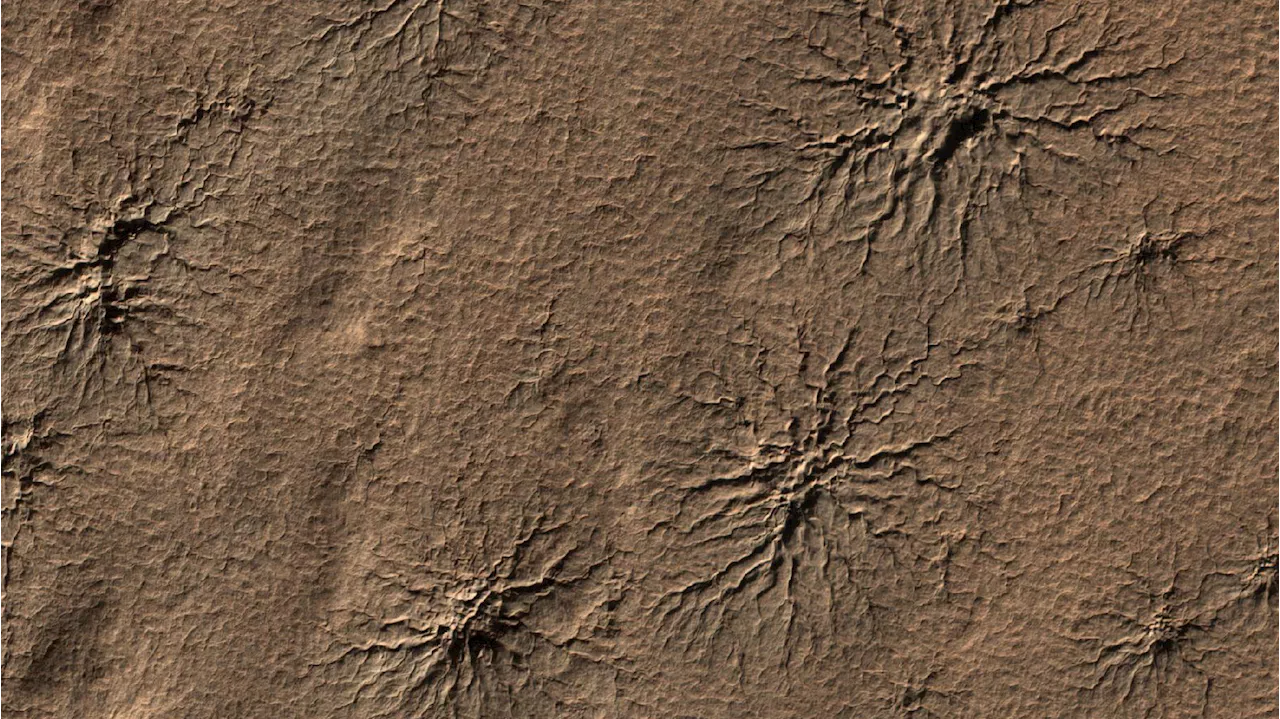 NASA Scientists Re-Create Mars ‘Spiders’ in a Lab for First TimeTests on Earth appear to confirm how the Red Planet’s spider-shaped geologic formations are carved by carbon dioxide.
NASA Scientists Re-Create Mars ‘Spiders’ in a Lab for First TimeTests on Earth appear to confirm how the Red Planet’s spider-shaped geologic formations are carved by carbon dioxide.
Read more »
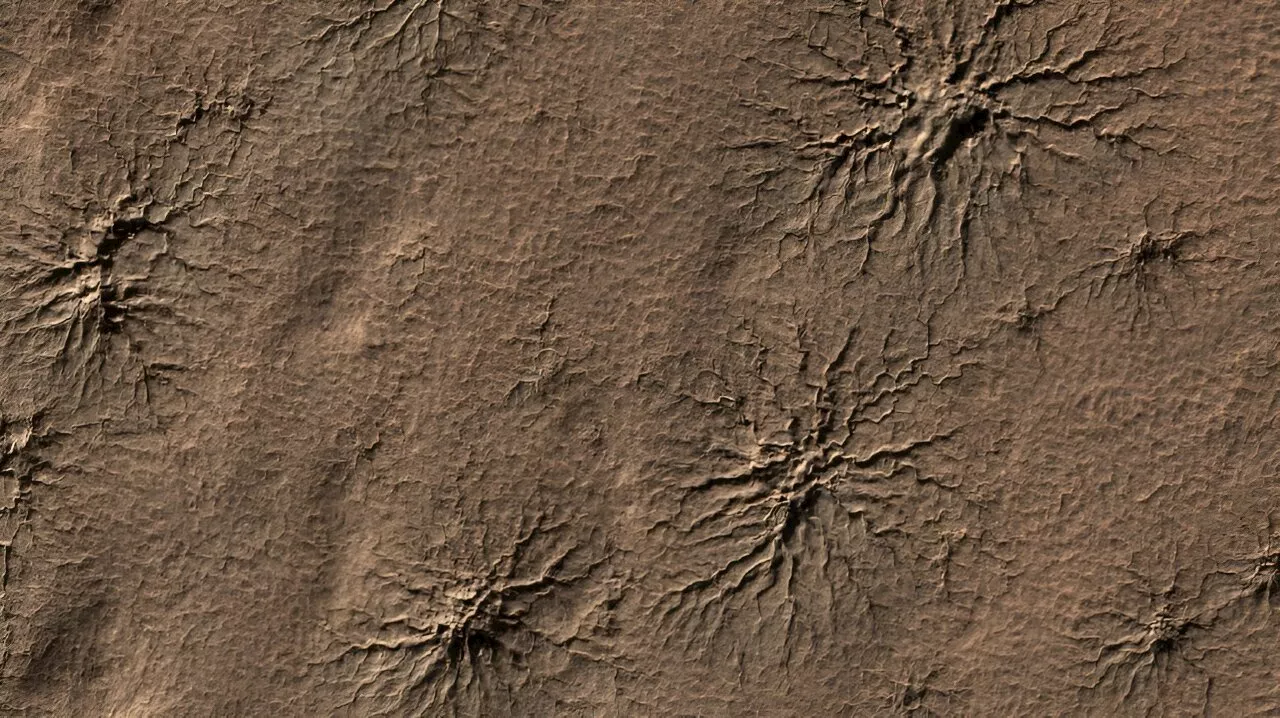 NASA scientists recreate Mars's spider-shaped geologic formations in lab for the first timeTests on Earth appear to confirm how the red planet's spider-shaped geologic formations are carved by carbon dioxide.
NASA scientists recreate Mars's spider-shaped geologic formations in lab for the first timeTests on Earth appear to confirm how the red planet's spider-shaped geologic formations are carved by carbon dioxide.
Read more »
